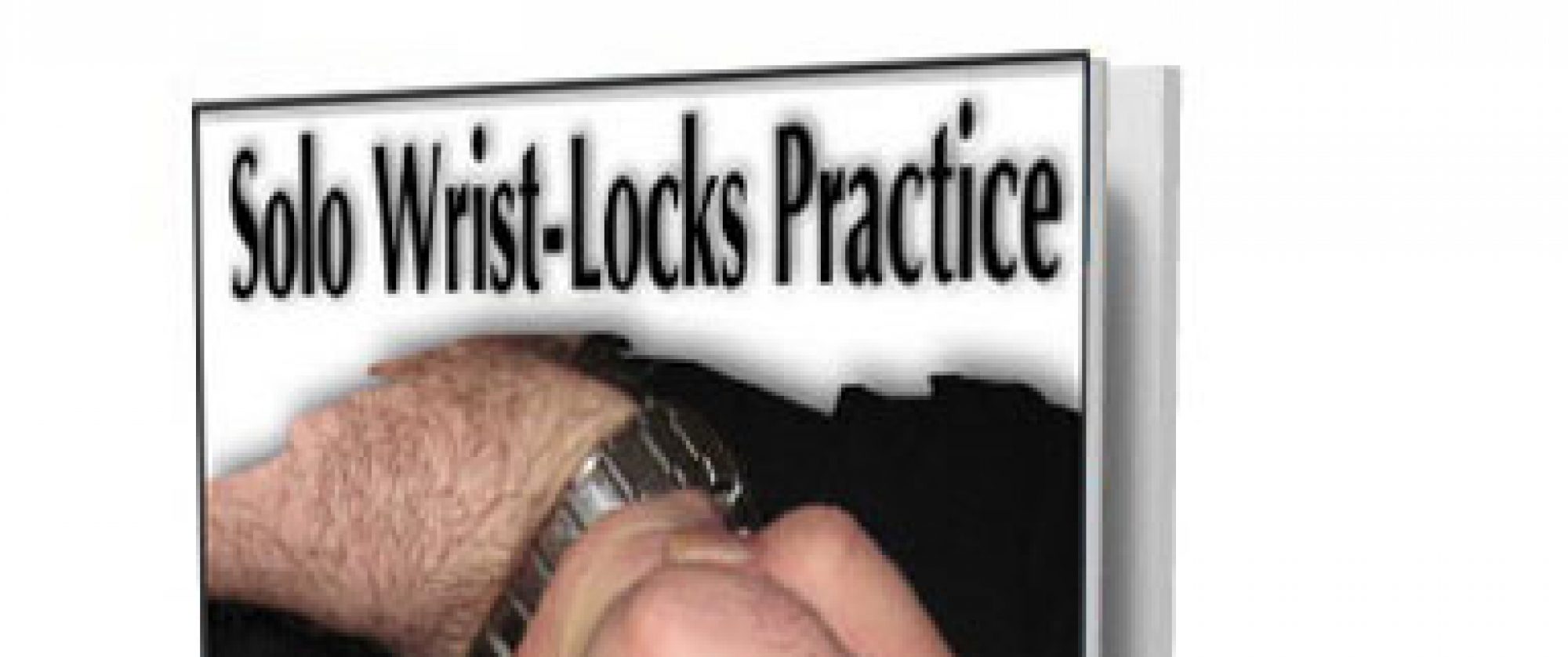[headline_georgia_large_left color=”#000000″]Stopping Your Opponent’s Counterattack with a Wrist-Lock Adjustment[/headline_georgia_large_left]
[headline_georgia_small_left color=”#000000″]by Keith Pascal[/headline_georgia_small_left]
At some point in the fight, while you have been hitting and kicking, you find yourself snapping on a wrist lock. Maybe you took a grabbing hand, and pivoted it into a control position. Or maybe you slowed down a punch, got control of your enemy’s arm, and then locked.
Note: If you don’t know how to make a wrist lock practical, see Wrist Locks: From Protecting Yourself to Becoming an Expert. Make sure you get the soft cover edition.
You have the wrist lock effected, but for some reason, your opponent still has a free limb for a counterattack. You haven’t yet caused enough pain and achieved the appropriate angle to stop this guy (or gal) from trying to punch you.
What I’d like to suggest is that you don’t wait until the lock is firmly in place before you start dealing with the attempted counter. Go in for a hit or kick of your own, when you feel the beginnings of a counter.
Now, here’s the key … as you start to interrupt your opponent’s counterattack, maintain your hold on the lock. In fact, apply even more pressure to the lock, as you strike with one of your weapons — other hand for a punch, foot for a kick, an elbow strike, or even a head-butt, if the distance is right.
You can begin practicing for this with a practice partner. Effect a lock, but leave it a little loose. Allow your partner a little wiggle room.
First, practice tightening the slack in the lock as you change the distance between you and your partner. In other words, step in, while applying more pressure to the wrist lock, joint lock, or arm bar.
Next, practice, stepping in while tightening the lock AND hitting. If you have a hand free, then lock with one hand and punch with the other. If you are instead effecting a lock that requires both hands, then kick to a low-line target as you close the range.
So, does this give you any practice ideas?
Does it raise any more questions?
